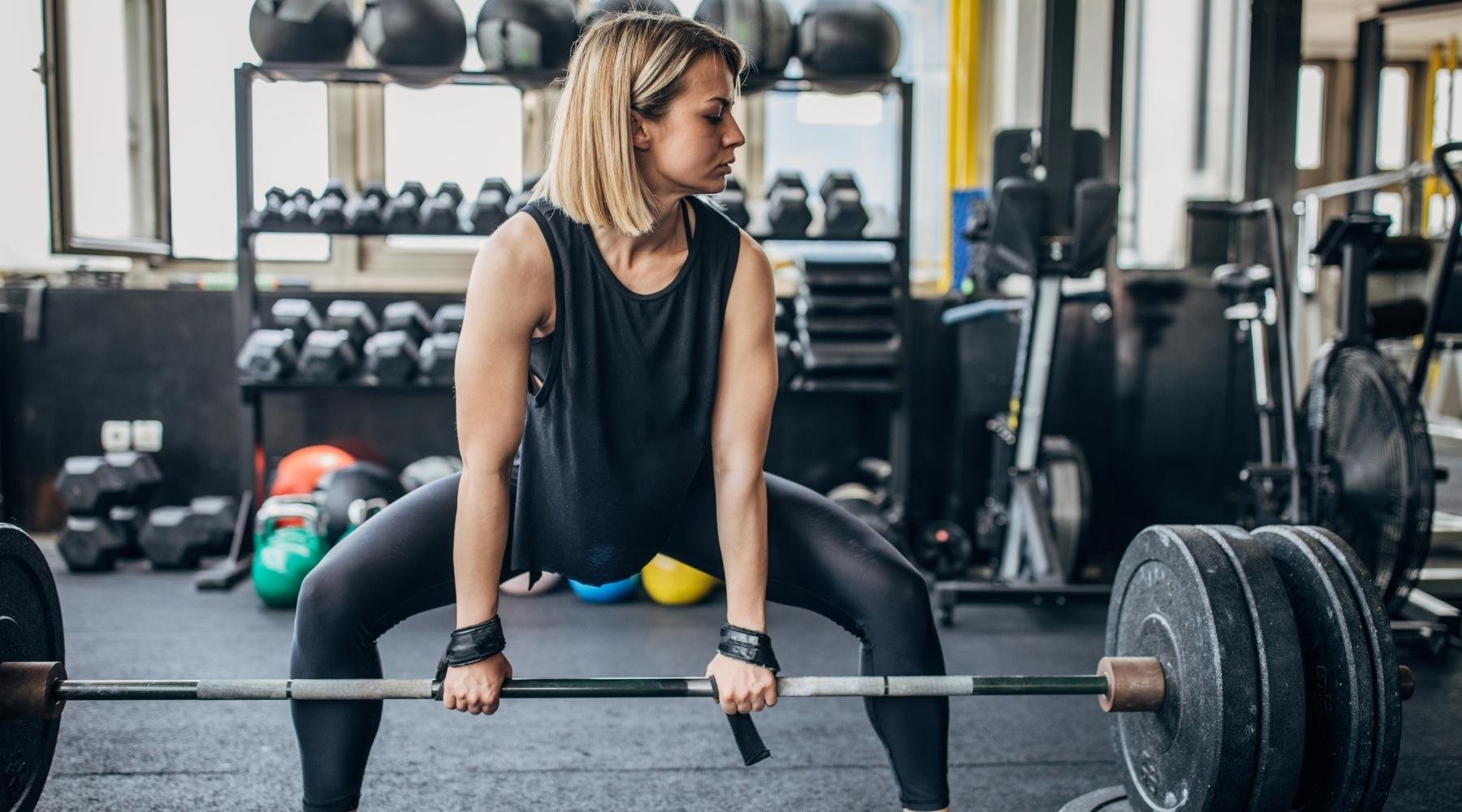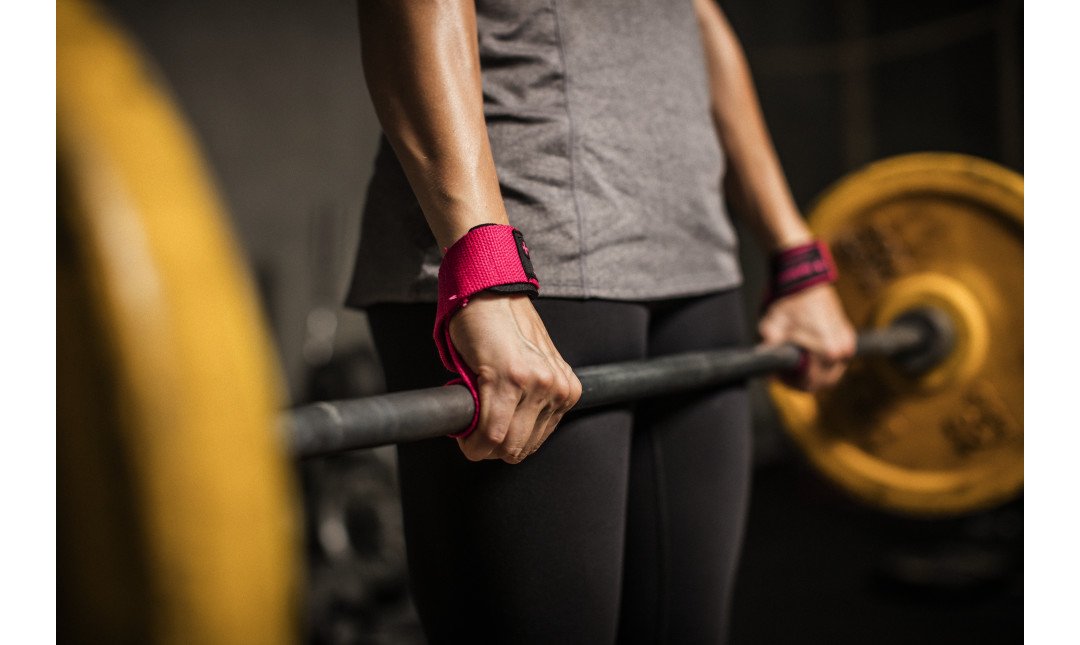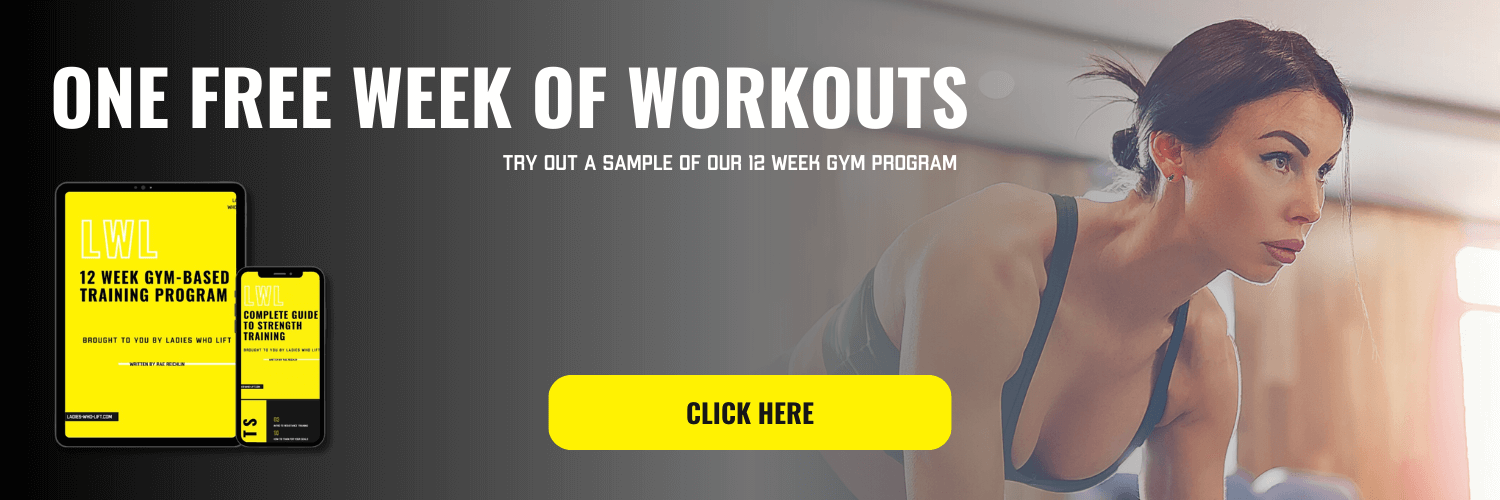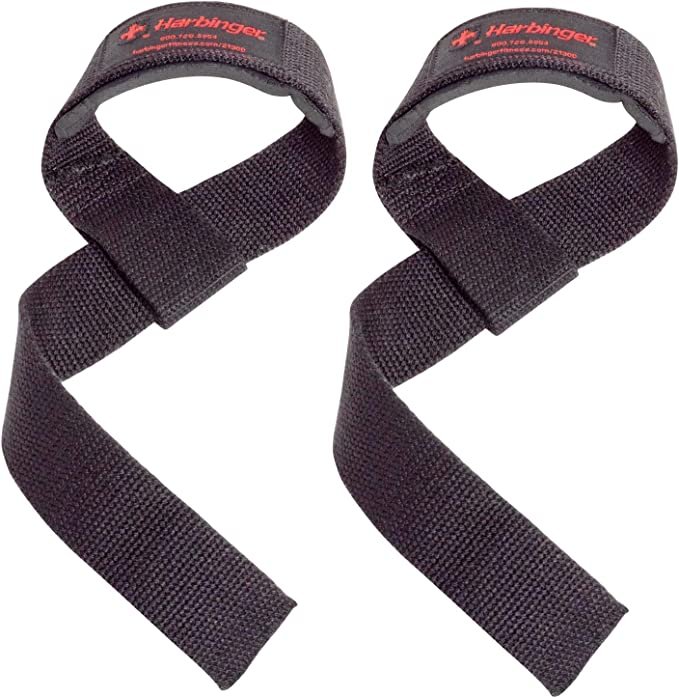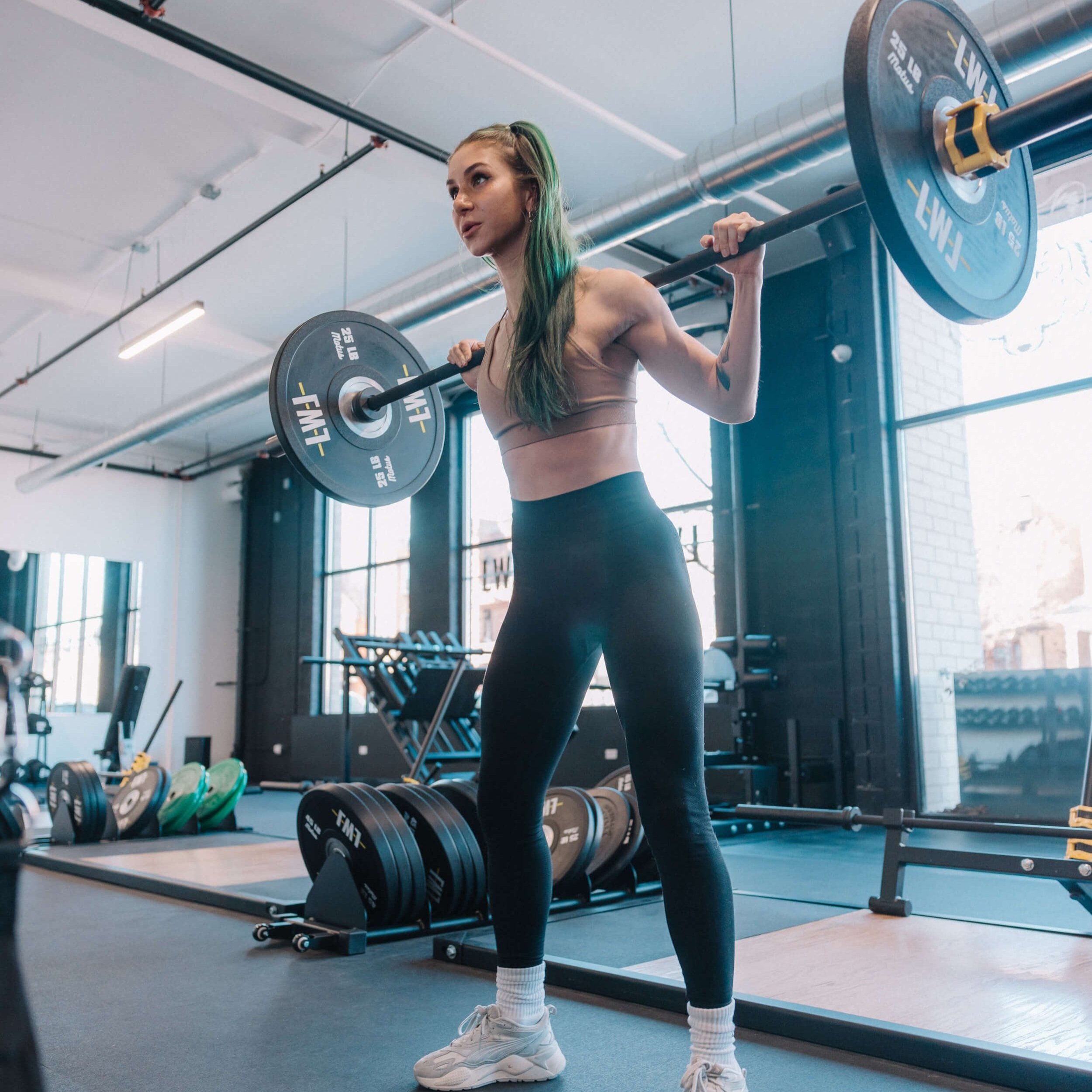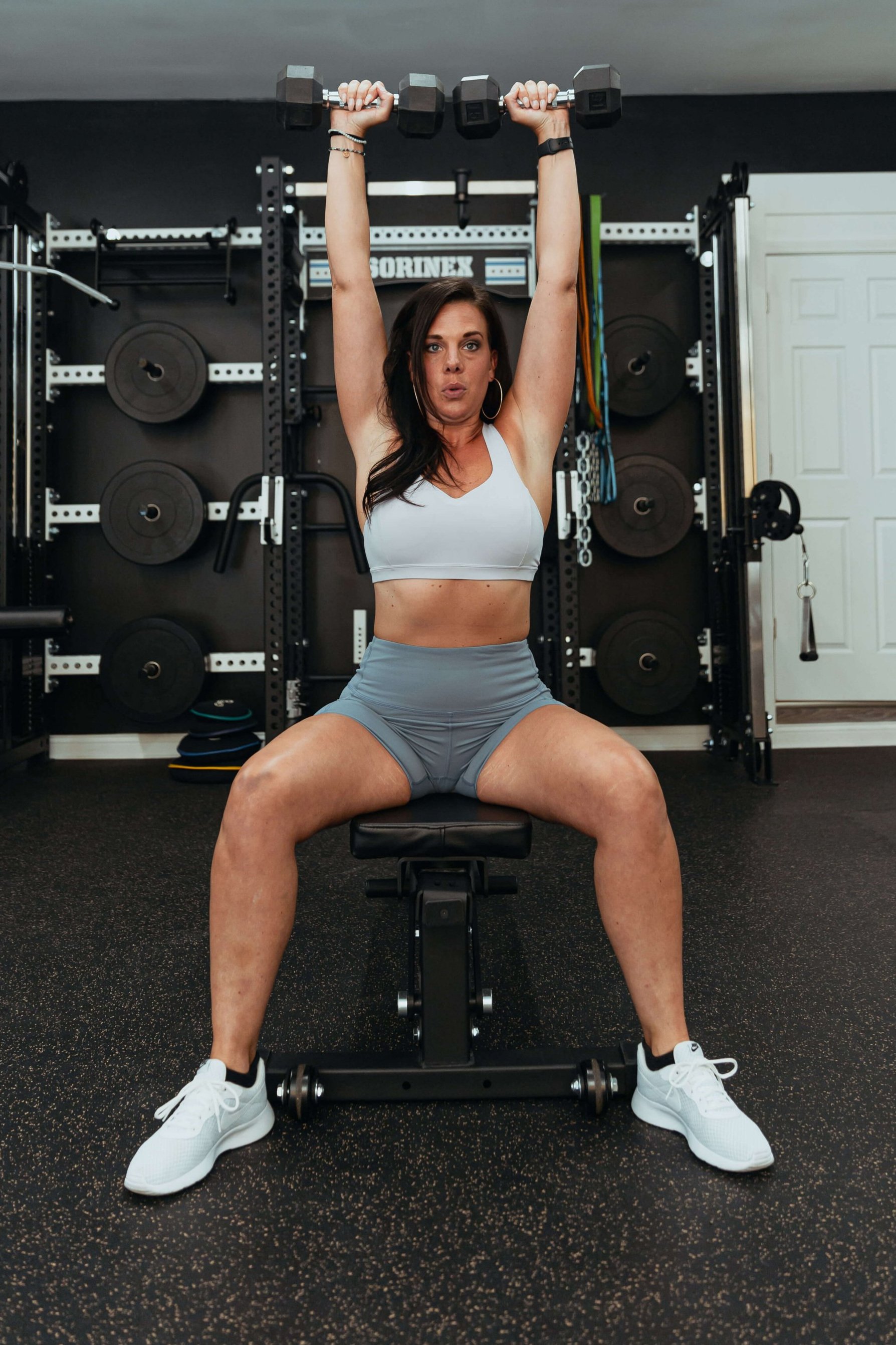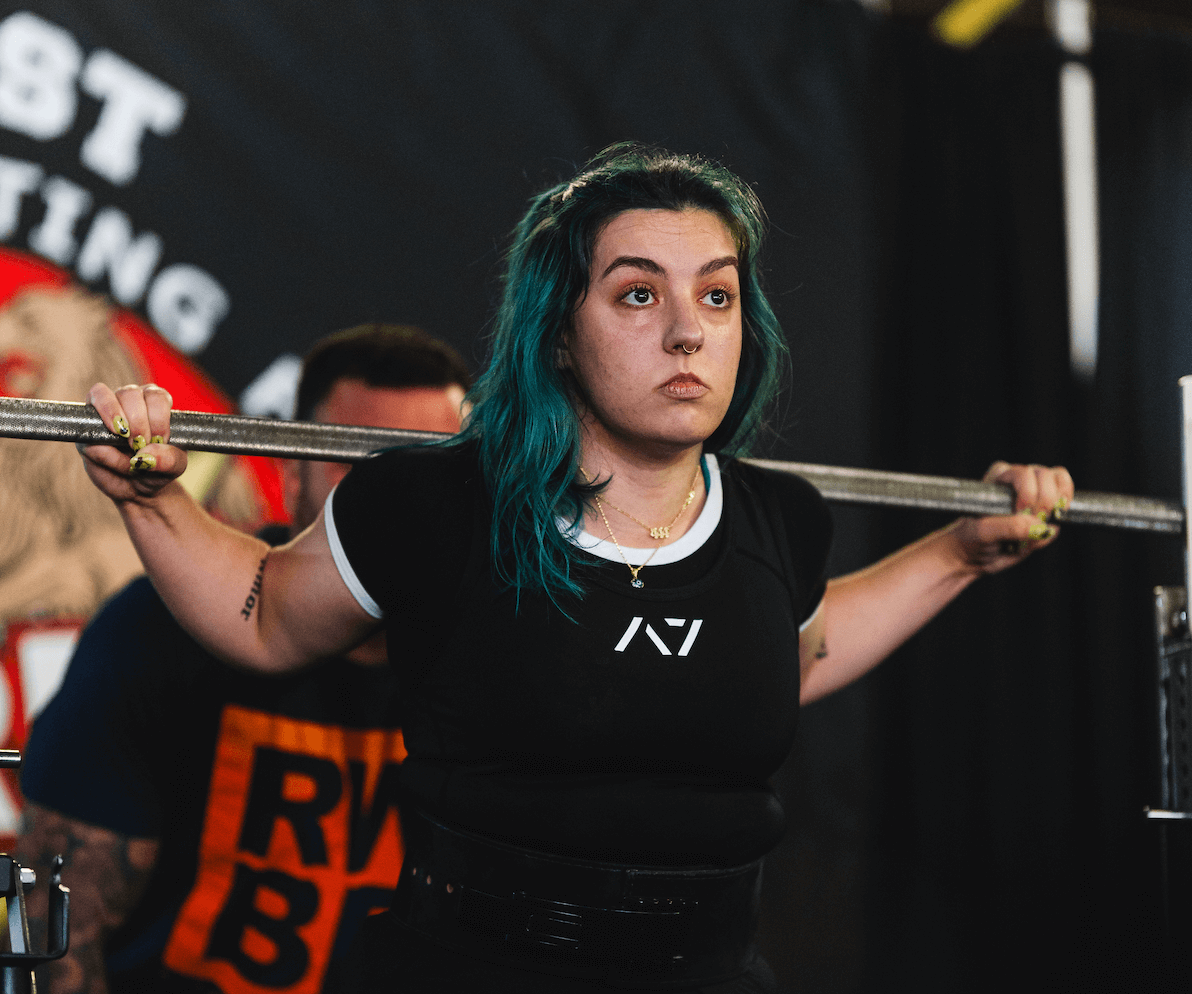How to Use Weight Lifting Straps
Have you ever been in the gym doing a pull-based movement, such as a deadlift or dumbbell row, and felt like your form could be better or you could use more weight, but your grip strength is getting in the way?
The examples above are just a couple of reasons someone might use a popular gym accessory called lifting straps. In this article, we will explain what lifting straps are, when to use them, different types, and more!
What Are Lifting Straps?
Lifting Straps are a very simple gym accessory often made of a simple piece of nylon, leather, or canvas. A lifting strap will connect around your wrist and wrap around a barbell, dumbbell, or kettlebell, to keep your grip strong and secure so you don’t have to worry about the weight slipping out of your hands. Bottom line: lifting straps reduce grip fatigue and allow you to lift heavier weights for longer.
Why might that be desirable?
Well, when we lift heavier weights over time or are able to lift those same weights for longer periods of time, we call that progressive overload, which is absolutely essential in building muscle strength and size.
Using lifting straps during your training is a bit like stealing from Peter to feed Paul. We are taking away from building true grip strength, but in doing so, we are able to put more stress on our muscles often leading to more strength gains and muscle growth.
What Are Lifting Straps Used For?
Lifting straps are not a necessity, but depending on the scenario and your goals, you may find them to be beneficial.
You may consider using a bare grip if…
You are training for a sport or activity that requires your grip to be strong and you want to improve that. Examples of this might be rock climbing or powerlifting (where you are not allowed to wear straps in competition).
Training for the long-term benefits of a strong grip and its anti-aging properties ranks high for you
You prefer it! Your preference should always play a role in your decision-making.
You may consider using lifting straps if…
Your main goal is to build muscle strength and size.
You find your grip standing in the way of lifting weights you are very confident you could otherwise
You already have a good baseline of general strength, grip strength, and an intermediate-level understanding of lifting and strength training.
What about lifting gloves?
While lifting gloves are not our preference-if your main concern is preventing your hands from developing calluses-lifting gloves would be the best choice in this specific regard.
How to Use Lifting Straps
Using lifting straps has a slight learning curve. It may take some practice, but if you complete the setup correctly, you should immediately feel more connected with the weight you are holding and will notice the difference in strength immediately.
Slide one end of the long strap through the loop opening as if making a circle
Once looped, the straps should look like mirror images of one another-the part of the loop that intersects to make a “v” shape should be facing inward
With the straps facing down, and the “v” shape facing in towards one another, slip your hand, palm down” into the strap like a glove. All 5 fingers will be inside the strap. The “v” shape of the strap should be facing your thumb
Tighten the loop around the base of your hand. Pull on the hanging end of the wrist strap until the loop is snug around your hand. The strap should be tight enough to stay in place but not so tight that it restricts your circulation.
Place your hands over the bar you are using.
Wrap the hanging part of the strap around the bar you are using-wrapping under the bar, and then inwards
Tighten the strap by rotating your grip on the bar (like you are revving a motorcycle)
The Best Exercises to Use Weight Lifting Straps for
Deadlift
A deadlift is a hinge-based exercise that mainly uses your back, hamstrings, and glutes-however, we are using our arms as levers, and our hands (and grip!) as a means to make contact with the bar. The issue here is that often ones back and lower body are much stronger, especially when working together, than ones arms, forearms, and hands.
If your main goal is to build strength or muscle in your lower body, and you find your grip is your limiting factor-lifting straps could help here big time
Dumbbell or Barbell Row
Dumbbell and barbell rows are a great exercise for the back and can be performed in a variety of ways-but almost all of those ways involve hinging, letting the dumbbell hang down below you, and then pulling the dumbbell up towards your body.
Due to the force of gravity pulling down on the weight, and the large musculature that exists in your back-your grip is likely to give up before your back does. Adding in lifting straps here will reduce grip fatigue and allow you to truly work to the point you need to develop serious muscle strength and size.
Romanian Deadlift (RDL)
The cousin to our Deadlift, the Romanian Deadlift, works similarly, but instead starts at the top, and never touches the ground or comes to a full stop at the bottom.
Your grip is never gets a break and when you are moving with control and intention, and/or doing a lot of repetitions, a singular set can last up to a minute or beyond. Once again, you’ll likely find your grip is giving out before your lower body really starts to feel that burn.
Different Types of Lifting Straps
Traditional Lasso Loop
Pros
Very affordable
Comes in different lengths and thicknesses
Provides a very strong grip
Easy to detach if need be
Easy to really FEEL more attached to the bar
Cons
Has a bit of a learning curve as to how to put on and attach securely to the bar
Can be difficult to get second-hand attached to your bar once first-hand is already attached
Some find it uncomfortable on the back of the wrist
Single Loop
Pros
Best for olympic weightlifting as they are the easiest for fast detachment and release of the bar
Provides less of a strong attachment to the bar (a pro if you don’t want to take away from grip strength too much)
Very small learning curve and is easy to use
Cons
Offers less grip assistance if you are looking to simply focus on strength of your lift
Some find it uncomfortable on the back of the wrist
Double Loop
Pros
Provides a very attached grip to your bar
Affordable
Cons
Hard to get out of in case you need to drop your weight
Slightly harder to manipulate and feel attached to the bar.
Would not recommend it for beginner strap users
Link to Cobra Grip Figure 8 Straps
Bonus: Versa Grips
Pros
Very easy to use/no learning curve/great for beginners
Has a “sticky” feel to help with feeling attached to bar
More versatile, and can also be used easily for pull-ups/chin ups
Cons
Much more expensive
Can feel thicker than the other options and harder to hold onto
Not as easy to manipulate for your specific hand size
Best Lifting Straps Brands
Here are some of over favorite brands at Ladies Who Lift:
FAQS
Can I lift with straps as well as bare hands?
Yes! Remember that using or not using straps does not have to be all or nothing. You could go through cycles of using them-keeping the focus on connection to the muscles working, and then not using them and focusing more on grip strengthening. You can also perform some pull and hinge exercises with them, and some without. You can also choose to do specific exercises to strengthen your grip within your programming so you get a chance to focus on both. Pick and choose the situations or exercises in which you will use straps vs when you won't.
What is an alternative to using straps?
Using chalk would be a good medium between using straps and using bare hands to lift.
Will Using Straps Weaken my Grip Strength?
Using lifting straps during your training is a bit like stealing from Peter to feed Paul. We are taking away from building true grip strength, but in doing so, we are able to put more stress on our muscles more often-leading to more strength gains and muscle growth. If you are looking to both get stronger and build muscle AND increase your grip strength, you always have the option to add grip-specific work into your programming.
How do I put on lifting straps?
Watch this easy-to-follow video on how to put on lifting straps here.
How Much do Lifting Straps Generally Cost?
Lifting straps can cost anywhere from $8-over $100. It will largely depend on the type of strap, material, and brand.
Want to FEEL Confident in WHAT YOU ARE DOING IN THE GYM?
While at LWL we believe the choice to use lifting straps for your grip or not is up to you, we want to you move forward feeling EMPOWERED to make that choice for yourself and feel like you have the knowledge to do so. Work with us in our TRANSFORMER program today for custom programming based on your needs!
about the author
Rae Reichlin created Ladies who Lift after watching many of her female clients have the physical and mental breakthroughs they never thought possible through learning to lift properly and with confidence.
Having experienced it herself, Rae understands the fear, apprehension, and misinformation, that can sometimes come along with lifting and getting stronger, and wanted to create a space and environment where women felt comfortable to come together to learn and perfect this method of training.
Ladies who Lift promotes empowerment through pushing one's own boundaries, and being there for others who are trying to do the same. By educating women about each of their bodies needs and impressive capabilities Ladies who Lift aims to leave clients ready to lead happy, healthy, connected lives.
Rae’s certifications include NASM, PRECISION NUTRITION, FMS, PRE/POST NATAL, & STICK MOBILITY.

